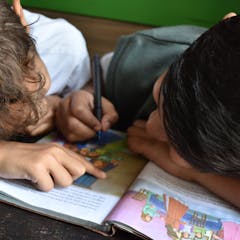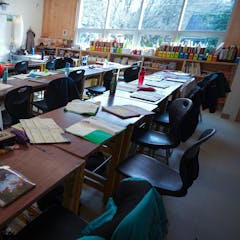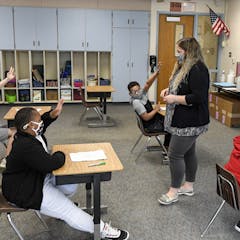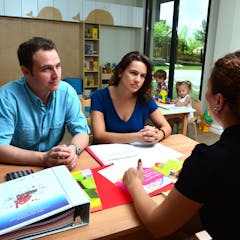
Articles on Children with disability
Displaying 1 - 20 of 62 articles

Truly fostering accessible educational opportunities for deaf students can only happen with ongoing political and financial support.

Professional learning communities are a space for teachers to discuss their teaching methods and their immediate realities.

Parents in a study about the accessibility of French immersion programs discussed inadequate support for learning to read and feeling pressured to pay for expensive tutors.

Many students with a disability are bullied, excluded and do not feel welcome in Australian schools. They cannot be ignored in the next National School Reform Agreement.

Research about how New Brunswick education has envisioned inclusion since the 1980s offers lessons in rethinking how to realize schools that celebrate all students’ strengths.

Capturing the experiences of students who are deaf or hard of hearing is important so schools can address fatigue related to listening and communicating efforts.

As federal and provincial governments bring in measures to make child care more affordable, the voices and needs of children with disabilities must not be ignored.

Four decades after the first Supreme Court ruling on the rights of students with disabilities, Congress has not made clear exactly what it expects of school districts.

Almost 90% of students with disability go to mainstream schools but an increasing number are going to special schools.

We helped develop the UK’s first physical activity guidelines for disabled children and young people.

Teachers wearing wireless microphones that amplify their voices could be one solution to ensuring children can hear — and saving teachers’ voices from strain, particularly in the pandemic.

The pandemic and shifts to virtual learning have set many children back academically. The setbacks can be particularly challenging for children with disabilities, but recovery is possible.

Individual education plans (IEPs) should be created by a team of professionals in collaboration with parents. If a child’s IEP is inaccurate, their learning needs won’t be met.

Analysis shows most suspensions in SA in 2019 were given to Indigenous students with a disability, followed by children with a disability living in care. These children need support, not dismissal.

South Africa’s inclusive education policy currently under review must address the hindrances preventing children with disabilities from effectively access education in mainstream schools.

Students with disability continue to face dire exclusion in education and there is an urgent need to provide inclusive education for them.

In New South Wales and Victoria the number of students being home educated increased by 20% in 2020 (1,224 extra children) compared with 2019. But the rise has been evidenced for a decade.

If you’re considering homeschooling because your child seems to do better at home, but are unsure if it’s the right thing to do, here are five things to take into account.

Statistics Canada could help provinces and territories design and implement interventions to improve schooling quality, and governments should better engage with the public.

There are a number of evidence based practices that have shown to dramatically reduce challenging student behaviour at school. Here are five of them.
